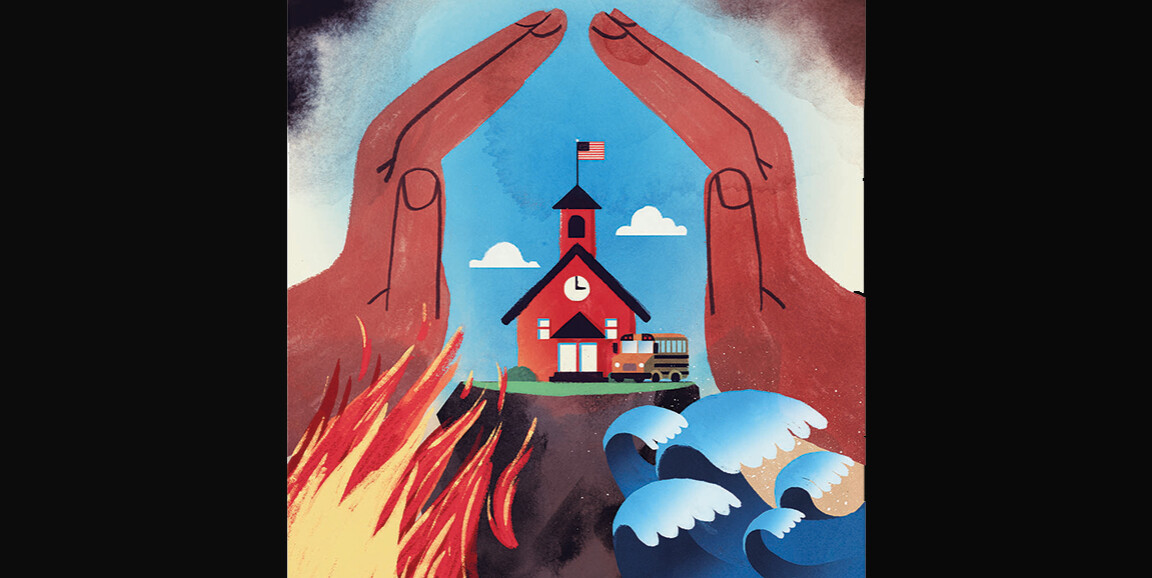Recently, I drafted a feature story for Stanford Medicine magazine about how California's K-12 schools need to adapt to climate change. As I wrote, I felt overwhelmed by the scale of the challenges.
Only about 15% of California's 11,000 public schools are less than 25 years old. Most were constructed in a different climate era and were not built to protect kids' health when heat waves linger or wildfire smoke pollutes the air.
As my story explains, Stanford Medicine pediatrician Lisa Patel, MD, led a team that wrote a comprehensive report on how the state can address the problem. It provides a blueprint for a 10-year, $150 billion plan detailing what schools will need in a hotter, more extreme climate -- everything from air filtration systems to playgrounds with shade to mental-health support for kids living through climate crises. Schools also need curricula that prepare kids for the climate they'll live in, based on up-to-date scientific knowledge about climate challenges and solutions.
As I learned about all this, I wondered if I had come up with the most important questions to ask my sources. I thought of my grandpa, who died a few years ago at age 92 after spending his career as a Bay Area school district administrator. He would have had good advice for me about this story.
It take a village
I told Patel a bit about my grandpa and how I wished I could brainstorm with him now. She said she'd felt similarly overwhelmed by the complexities of topics like school budgets, and had rounded up a big team of collaborators to help her produce the report. The team includes people with prior experience as teachers and school administrators, nonprofit leaders, environmental scientists, experts on school infrastructure and funding, and more.
After publishing the report, the group brought state lawmakers into the fold. They've responded by drafting six new laws, all of which are working their way through the legislative process in Sacramento and could help make the recommendations in the report a reality. The most ambitious, Senate Bill 394, would require the California Energy Commission to develop a master plan for making school infrastructure more climate resilient. Others include Assembly Bill 384 calls for an inventory of schools' heating and cooling systems and a policy on how schools can maintain safe indoor air temperatures, and AB 1642 would require the state to establish a plan for green schoolyards, including making playgrounds more heat-resistant.
It's exciting progress, and Patel definitely didn't do it alone. The problems are inherently too big for any one person to tackle, but "We shouldn't just throw our hands up and say 'We don't know how to fix it,'" she said.
"I often encounter people who say, 'I don't know enough to get involved,'" she added. "My response is 'You don't need to know enough; you just need to care, and then find other people who do know stuff, and you can learn together.'"
Illustration by Keith Negley






